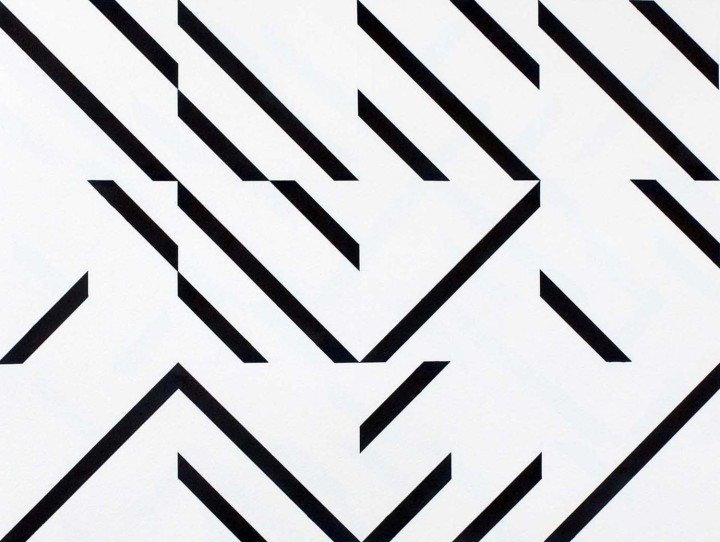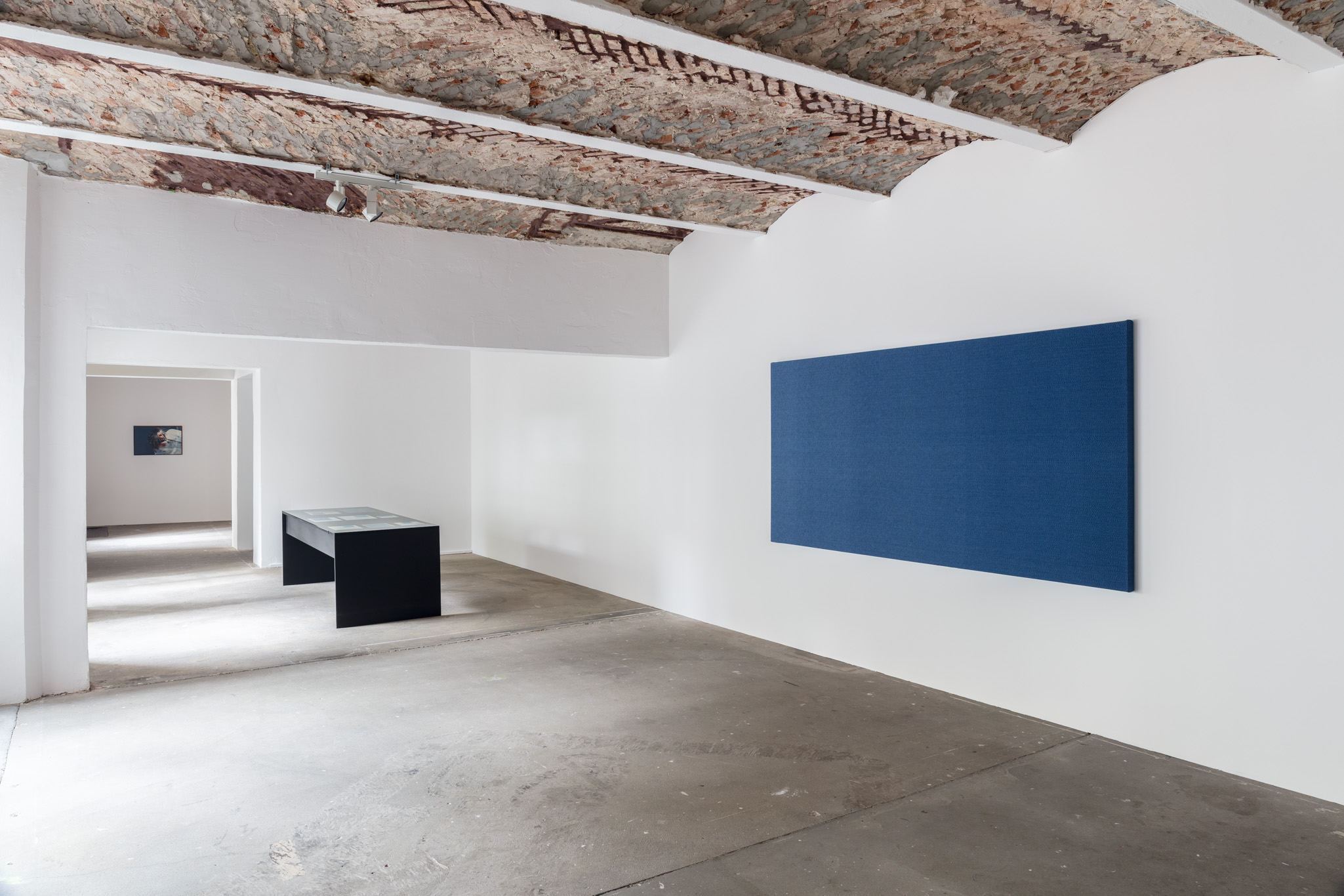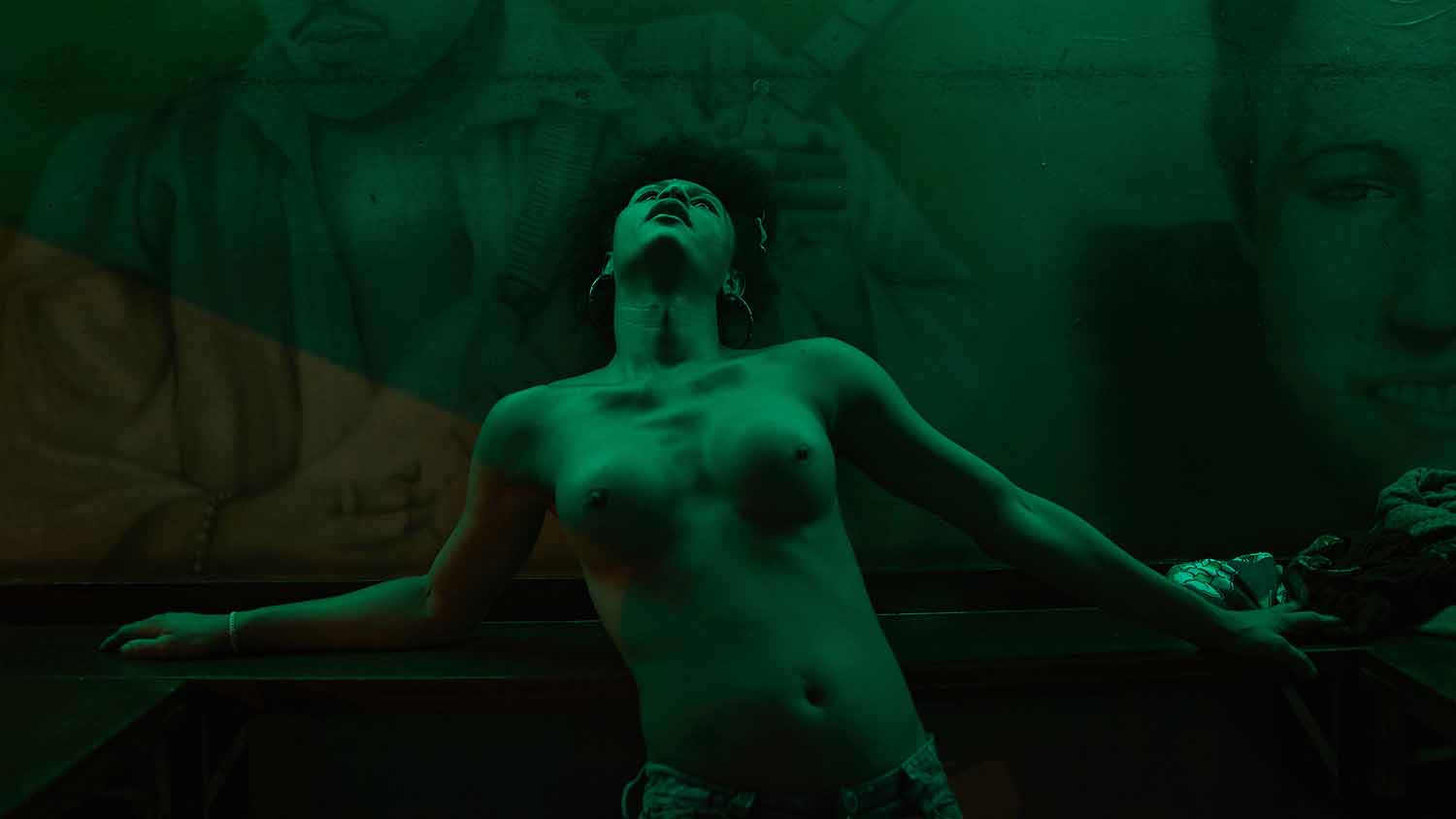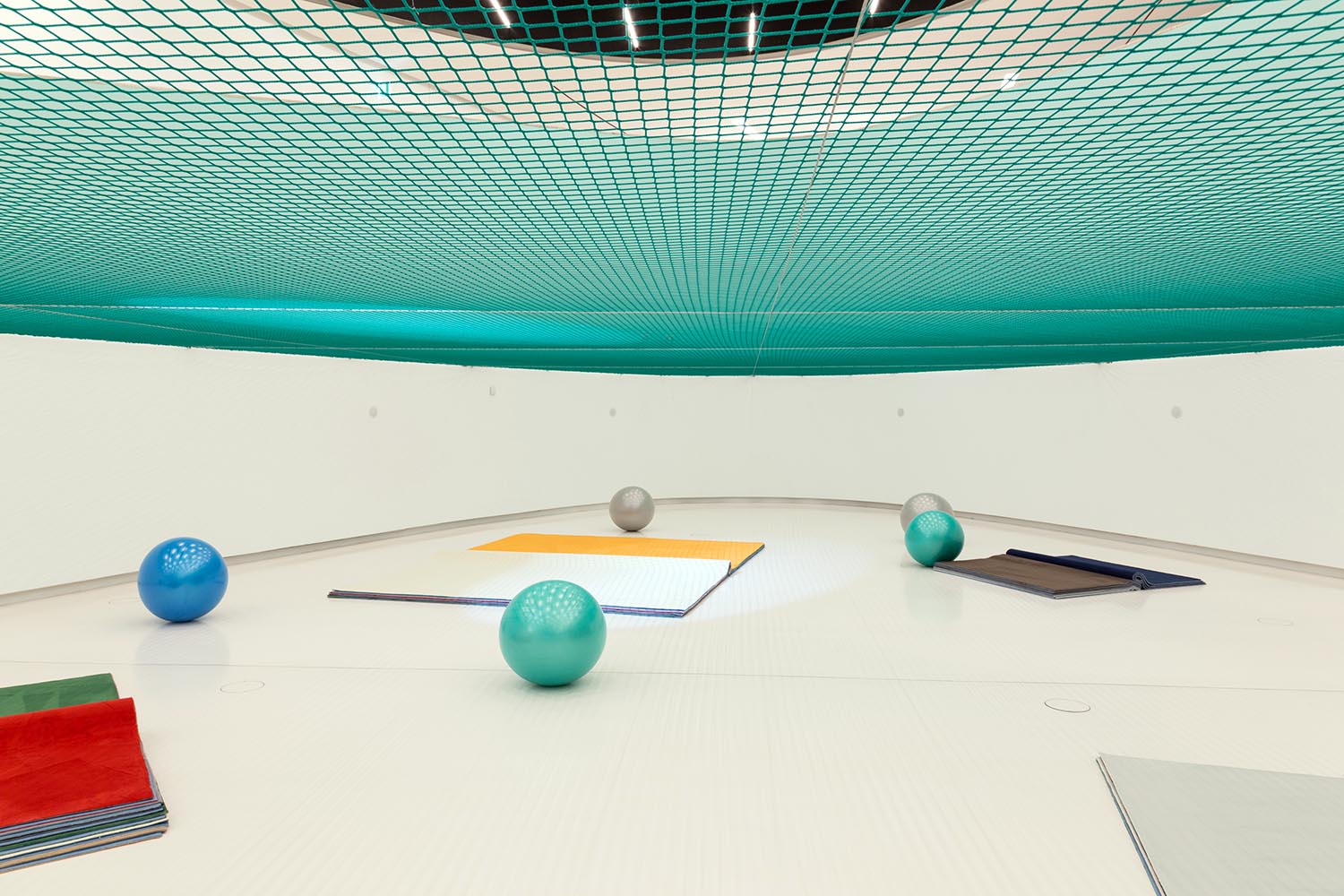When Paul Valéry viewed Stéphane Mallarmé’s poem “Un coup de dés jamais n’abolira le hasard” for the first time, he called it a “device”: a generic, ambiguous term that betrays a certain hesitation in defining it as either a poem or a picture. This same ambivalence between the verbal and visual nature of the written word permeates Guy de Cointet’s corpus as presented in the retrospective “Who Wrote That?”
Curated by Miguel Wandschneider and Eva Wittocx, the exhibition includes three significant set designs and props that de Cointet created for his theatrical performance pieces as well as a significant selection of works on paper.
As if they were the pages of an entire ciphered book, the drawings embody the refined subversiveness toward language that the artist maintained throughout his career. By Scattering the words, de Cointet offers the visual remnants of discourse, consisting of loose alphabets, rotated letters and disassembled characters. These are sometimes rearranged according to a personalized minimalist code based upon the hexagon, a shape typical of his early production. The texts are thus transformed into an abstract, encrypted language that variously evokes a message written in Morse code, a musical score, the I Ching and a labyrinth as seen from above, requiring a perspectival shift in both the viewer’s imagination and body.
Instead of drawings, the works could more precisely be defined as “devices” ready to be activated; this is also supported by the performances that accompany the exhibition. In La très brillante artiste Huzo Lumnst, présente son nouveau travail: CIZEGHOH TUR NDJMB (1973) for example, an actress invites the viewer to look at a silkscreen-printed text with her head upside-down; in Going to the Market (1975) we follow adventure stories originating from an apparently meaningless sequence of letters. This disjunction between the script and what is read provokes ironic, unpredictable connections, and makes us aware of the layered nature of our surrounding reality, in which enigmas are propelled rather than solved.




